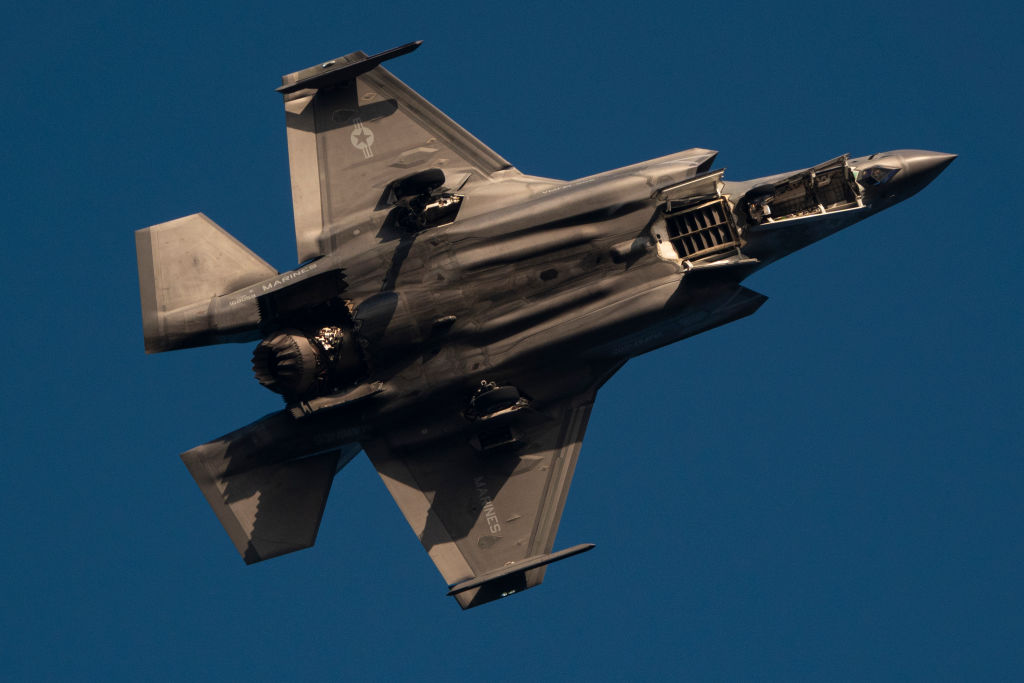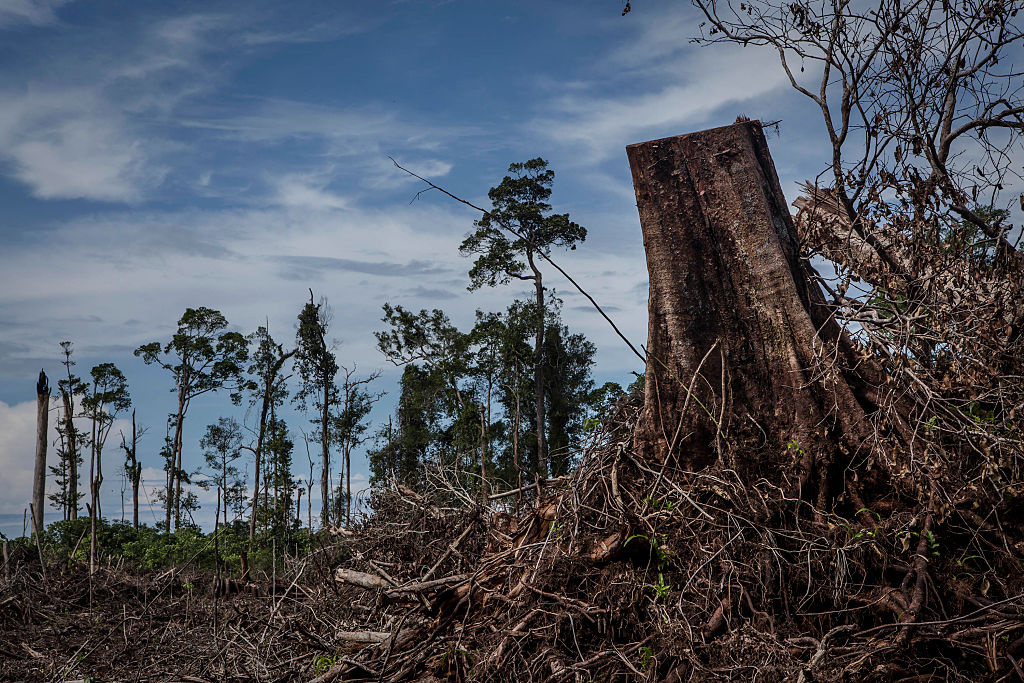Greek oil tankers have quietly resumed shipping Russian crude as Urals Oil prices slide under the G7 cap, exposing a Western sanctions loophole.
With it now priced below the $60 (€52.66) a barrel (bbl) cap, major Greek shipping firms have resumed legally transporting Russian crude, using a built-in exception to Western sanctions that may be helping Moscow soften the blow of declining energy revenues.
“Russia is supposed to sell below the $60/bbl price cap but since the cap came in place it has built a shadow fleet of oil tankers, mainly owned by Greek companies, to bypass the cap and sell at a higher price,” Aura Sabadus, an energy expert at the London-based Independent Commodity Intelligence Services (ICIS), told Brussels Signal on April 29.
“They tend to operate without insurance and proper safety standards,” Sabadus added.
Without proper coverage, such vessels can pose environmental and financial risks in case of accidents, raising concerns among maritime regulators and insurers.
Implemented in December 2022, the G7 oil-price cap bans the use of Western services, including shipping and insurance, for Russian oil sold above $60 per barrel at the port of loading.
When the price drops below that threshold, though, these restrictions no longer apply. That has now reopened a route for Russian oil to reach global markets with Western support without technically violating sanctions.
Earlier in April, Greek-owned companies including Minerva Marine, Dynacom and TMS Tankers returned to the Russian oil trade after a year-long pause, according to three trading and shipping sources cited by Reuters and Greek media Ekathimerini on April 28.
These firms had previously exited the market as Urals crude hovered around or above the cap, rendering any transport activity potentially non-compliant.
The latest move came at a time when Russia’s economic engine, still heavily reliant on fossil fuel exports, has been losing momentum.
After outperforming expectations for three years, driven by high oil prices, heavy wartime spending and surging consumer confidence, Russia’s economy has now entered a marked slowdown.
A costly shift toward domestic production and new trade routes with Asia has absorbed vast amounts of capital. At the same time, as The Economist reported on April 29, the Russian central bank’s “ultra-hawkish stance” — with interest rates stuck at 21% — is aimed at taming stubbornly high inflation, which peaked above 10% earlier this year.
While this tightening may help bring inflation under control, the short-term cost is visible. Investment and consumption have stalled. Russians are saving rather than spending; retail sales have slowed, and economic activity is cooling. As The Economist noted, the flipside of disinflation is stagnation: households are feeling squeezed, and businesses are holding back.
The effect is cyclical—reduced consumption limits growth, which in turn deepens the revenue problem Moscow faces as oil and gas income declines.
Global demand has weakened sharply, oil prices have tumbled and China’s uptake — Russia’s biggest energy buyer — has slowed faster than forecast, according to the same report.
With tax revenues down 17 per cent year-on-year in March and further declines expected, the Kremlin was facing the economic fallout of both internal constraints and external shocks, according to Russian Government data earlier in April.
At the same time, Moscow has sought to circumvent Western restrictions by creating a shadow fleet, tankers operating outside international norms, often registered under flags of convenience and lacking transparent ownership.
Many of these vessels were acquired or managed by entities in countries not aligned with the G7 sanctions.





